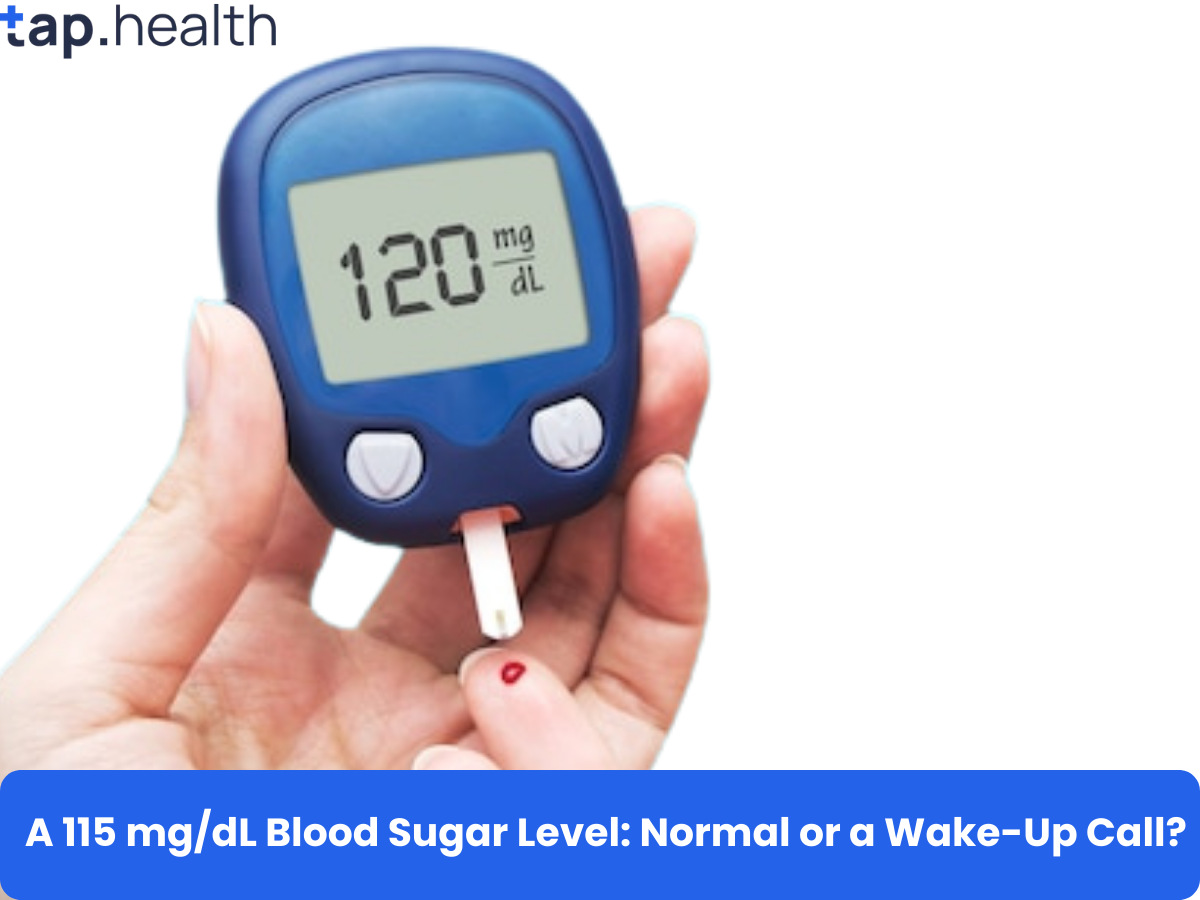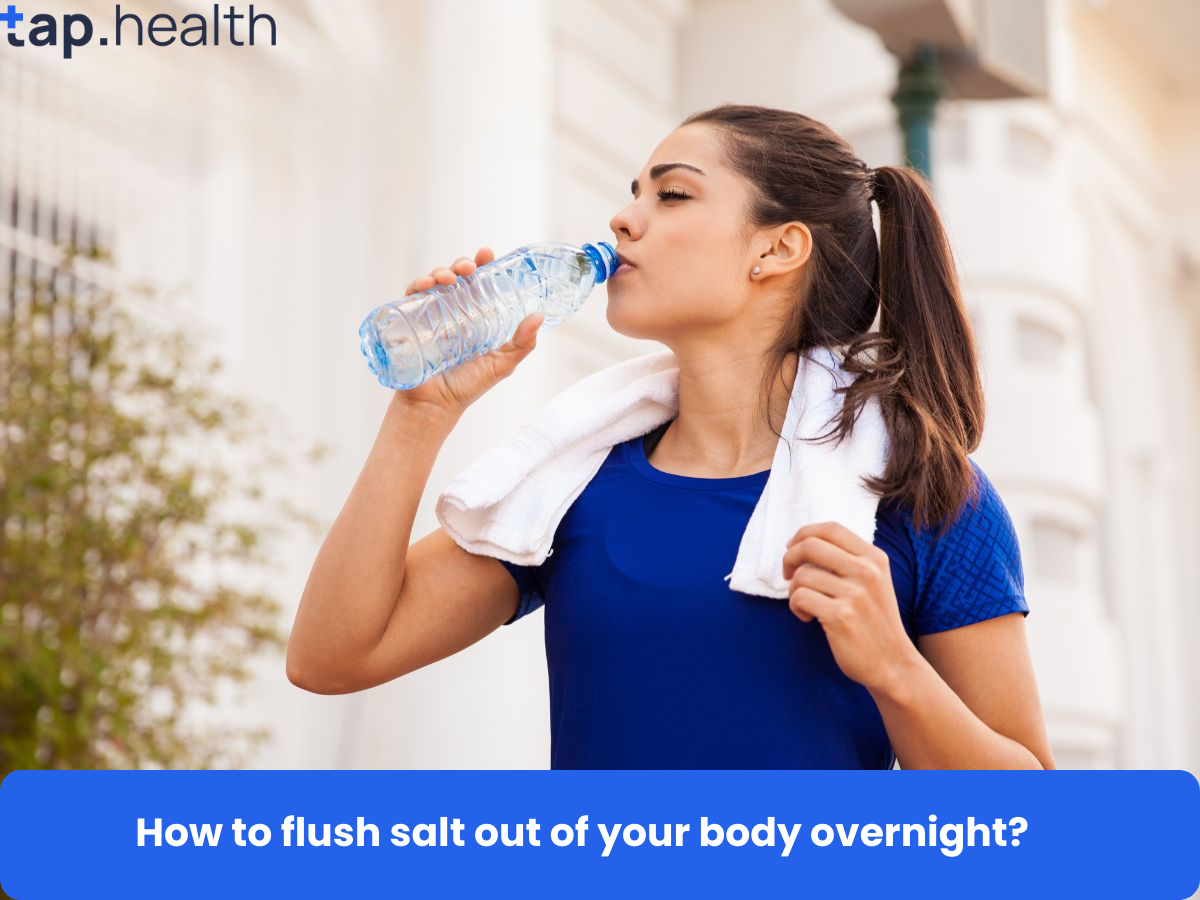Boba, also known as bubble tea, has become a global sensation in recent years. This sweet and chewy drink, originally from Taiwan, is made with tea, milk, sugar, and chewy tapioca pearls or other types of boba pearls. Whether you’re a fan of the classic milk tea or a fruity variation, one of the first things people want to know is: How many calories are in boba?
In this blog post, we’ll break down the calories and nutritional content of boba, discuss how it’s made, and explore some healthier alternatives. We’ll also address common concerns related to boba’s nutritional value, helping you make informed decisions when ordering your next cup.
What is Boba?
Before jumping into the calories, let’s first understand what boba is made of. Boba, or bubble tea, is a drink that typically includes:
- Tea: The base of boba tea can be black tea, green tea, or any other flavored tea. Some variations use fruit-infused teas.
- Milk or Creamer: Many boba drinks are made with milk, though dairy-free options like almond, oat, or coconut milk are often used.
- Tapioca Pearls: The chewy “boba” pearls are made from tapioca starch, giving them a gelatinous texture. These are cooked in sugar syrup, adding sweetness.
- Sweetener: Sugar or other sweeteners are added to the drink to balance out the flavors, making it sweet and enjoyable.
- Ice: Most boba drinks are served cold with ice to keep the beverage refreshing.
Boba drinks are customizable, meaning you can adjust the sweetness, the type of tea, the choice of milk, and the toppings. But no matter how you customize it, boba drinks tend to be high in sugar and calories due to the combination of sweeteners, milk, and the tapioca pearls.
How Many Calories are in a Cup of Boba?
The calorie count in boba varies widely depending on the size of the drink, the type of tea, the milk or cream used, and the toppings. On average, a standard 16-ounce serving of boba with milk tea and tapioca pearls contains:
- Calories: 200-400 calories
However, this can change based on your specific drink order. For example, larger sizes, added toppings (like fruit, jelly, or pudding), and increased sugar levels can significantly increase the calorie content.
Calories in Tapioca Pearls
The chewy tapioca pearls are the key feature of boba, and they’re typically the most calorie-dense part of the drink. A standard serving of tapioca pearls (about ¼ cup or 2 tablespoons) adds around:
- Calories from tapioca pearls: 100-150 calories
These pearls are made from tapioca starch, which is a carbohydrate, and the syrup they’re cooked in also contributes to the overall calorie count.
Calories in the Drink Base
The base of the drink, typically milk tea or fruit tea, also plays a significant role in the total calorie count. Here’s a breakdown based on the type of drink:
- Milk Tea: 100-150 calories for a 16-ounce serving, depending on how much sugar and milk are added.
- Fruit Tea: 150-250 calories for a 16-ounce serving, depending on the fruit puree or juice added and the amount of sugar.
How Does Sugar Impact the Calorie Count?
One of the main reasons boba drinks are high in calories is the sugar content. Boba shops typically add a lot of sugar to make the drink taste sweet, and the sugar content can be adjusted. A typical boba drink can contain anywhere from 20g to 60g of sugar per serving, depending on the sweetness level.
- Low-Sugar Option: A boba drink with minimal sugar could contain around 100-150 calories, mostly from the tea and milk.
- Regular-Sugar Option: A standard boba drink with regular sugar can have around 200-300 calories.
- Extra-Sweet Option: Some boba drinks with extra sugar can go as high as 400+ calories or more, mostly from the sugar content.
If you’re trying to reduce your calorie intake or sugar consumption, many boba shops allow you to customize the sweetness level, so opting for “half sugar” or “less sugar” can help lower the calorie content.
Boba Tea Size and Calories
The size of your boba drink is another important factor in determining its total calorie count. Here’s a general guideline of the calorie range based on the size of the drink:
- Small (12 oz): Around 150-250 calories
- Medium (16 oz): Around 200-400 calories
- Large (20 oz): Around 250-450 calories
Larger cups contain more milk, tea, and tapioca pearls, all of which add to the total calorie count.
How to Make Boba Healthier
If you’re concerned about the calorie content of boba, don’t worry. There are several ways to enjoy a boba drink while keeping the calorie count lower:
1. Choose a Low-Calorie Milk
Instead of regular whole milk, you can opt for low-fat, skim, or plant-based milks like almond milk or oat milk, which generally have fewer calories. Many boba shops now offer a range of milk options, so you can easily swap to a lower-calorie version.
2. Go for Less Sugar
Many boba shops offer the option to adjust the sweetness level. Instead of a full-sugar drink, try asking for half sugar or 25% sugar to lower the calorie content. You can also ask for no sugar at all and enjoy the natural sweetness of the fruit or tea.
3. Skip the Tapioca Pearls
Tapioca pearls are the main source of calories in boba drinks. If you’re looking to cut back on calories, you can ask for your drink without the pearls or swap them out for a lower-calorie topping, like chia seeds or aloe vera.
4. Choose a Fruit Tea
Fruit teas, which are typically lower in calories compared to milk teas, can be a refreshing and lower-calorie alternative. You can also add fresh fruit for extra flavor without too many added calories.
5. Smaller Sizes
Choosing a smaller size, like a 12 oz drink instead of a 20 oz, can help you control your calorie intake while still enjoying the flavors of boba.
Is Boba Healthy?
While boba can be delicious, it’s not necessarily the healthiest option due to its high sugar content and empty calories from the tapioca pearls. That said, it can be part of a balanced diet if consumed in moderation. Here are some pros and cons to consider:
Pros of Boba:
- Customizable: You can adjust the sweetness, size, milk choice, and toppings to make your drink healthier.
- Low in Fat: Most boba drinks are low in fat, especially if you choose plant-based milk.
- Fun and Refreshing: The chewy pearls add a fun texture, and the wide range of flavors makes boba enjoyable for many.
Cons of Boba:
- High in Sugar: Boba drinks are often loaded with sugar, which can contribute to weight gain and other health issues if consumed excessively.
- Empty Calories: Boba doesn’t offer much in terms of essential nutrients like protein, fiber, or vitamins.
- May Contribute to Dental Issues: The high sugar content, especially in large amounts, can contribute to tooth decay.
Healthier Alternatives to Boba
If you’re looking for a healthier alternative to boba, here are some options:
1. Iced Tea with Fruit
Opt for a refreshing iced tea with natural fruit, which is lower in calories and sugar. You can ask for it unsweetened or lightly sweetened with honey.
2. Kombucha
Kombucha is a fermented tea that’s low in calories and has a tangy, fizzy taste. It’s a great alternative if you’re looking for a drink with probiotics and fewer calories.
3. Fruit Smoothie
A fruit smoothie made with natural fruits and unsweetened yogurt can be a filling and nutrient-packed alternative to boba, providing vitamins and fiber while being low in added sugars.
FAQ on How Many Calories in Boba? Full Nutritional Breakdown
How Many Calories Are in a Boba Drink with Coconut Milk?
A 16 oz boba drink made with coconut milk can have around 200-350 calories, depending on the sweetness level and the toppings.
Are Boba Drinks High in Sugar?
Yes, most boba drinks are high in sugar. A standard 16 oz serving can contain anywhere from 20g to 60g of sugar, depending on the sweetness level and the ingredients used.
Is Boba Vegan?
Boba drinks can be vegan, but it depends on the type of milk used. Traditional boba drinks use cow’s milk, but many places now offer plant-based milk options like almond, oat, or coconut milk that make the drink vegan-friendly.
Can I Drink Boba on a Low-Carb Diet?
Boba is not ideal for low-carb diets because of the tapioca pearls, which are made from starch. If you’re following a low-carb diet, you may want to skip the pearls and opt for a fruit-based tea or another low-carb drink.
How Can I Make Boba Healthier?
To make boba healthier, opt for low-fat or plant-based milks, reduce the sugar content by asking for half or no sugar, and skip the tapioca pearls or swap them for a healthier topping like chia seeds or aloe vera.
Final Thoughts
Boba is a delicious and fun drink, but it can be high in calories and sugar, especially with the tapioca pearls and sugary syrups. If you love boba but want to reduce the calorie count, consider adjusting the sweetness, opting for a smaller size, or choosing a lower-calorie milk or topping. With these simple tweaks, you can enjoy your favorite drink while keeping your calorie intake in check.
Remember, moderation is key. Enjoy boba occasionally as a treat, and balance it with healthy lifestyle choices for a well-rounded diet.ResearchSources


